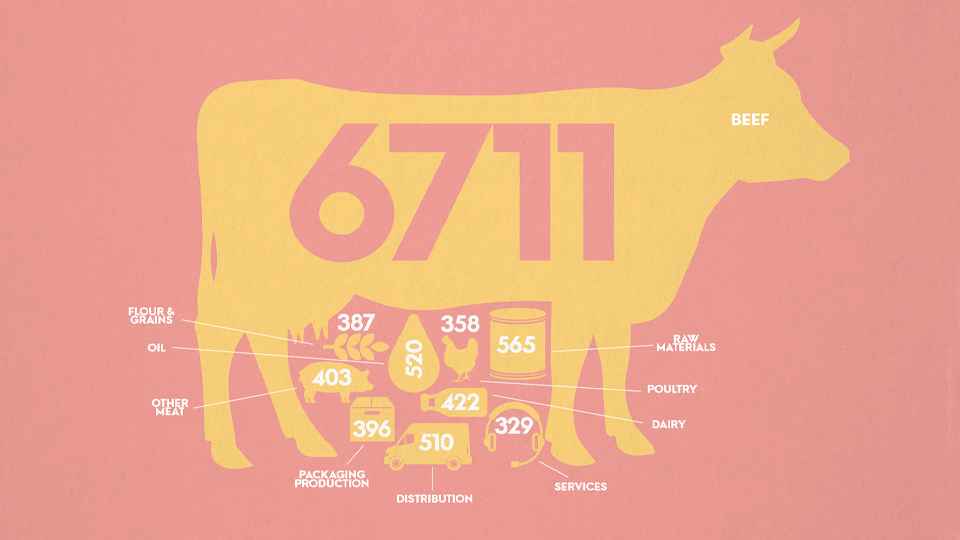
Senior Business Administrator
January at Future Leap
‘Twas a Green Christmas at Future Leap
November at Future Leap
October at Future Leap
September at Future Leap
August at Future Leap
Why we’re no longer going for carbon neutrality…
Written by Pieminister
Offsetting emissions to reach ‘carbon neutrality’ has been getting quite a lot of heat in recent years – mostly for good reason, what with all the green washing and dodgy carbon credit schemes being discovered. Whilst investing in decarbonisation through buying carbon credits is arguably better than doing nothing, the rise of companies offsetting their Scope 1 & 2 emissions (only) and seeing this as ‘job done’ (and telling consumers as such) is contributing to the world’s woeful performance at limiting warming to +1.5 degrees C.
We’ve spent the last year learning and listening to lots of clever people and the latest science – and are not too proud to say we’re changing course slightly. Absolute reduction of emissions across the whole value chain (‘net zero’) needs to be the overwhelming priority for all companies.
So, instead of aiming for carbon neutrality this year as we previously pledged to do back in 2020, we’re instead investing the money we would have spent on ‘offsets’ (i.e. decarbonising something, somewhere unrelated to Pieminister) on ‘insets’ – direct decarbonisation within our own value chain. We’re in the process of outlining our net zero target ambitions and plans over the next few months – so watch this space.
The image below shows our ‘Purchased Goods & Services’ GHG emissions in Tonnes (tCO2e) which, with Future Leap’s support we’re now measuring as part of our Scope 3. It’s not difficult to see what the biggest culprit is!

Net Zero vs. Carbon Neutral – what’s the difference anyway?
They’re often used interchangeably and inaccurately, but they’re two very different things.
Carbon neutral: buying carbon reduction credits equal to the emissions released, with no requirement to directly reduce emissions.
Net zero: reducing emissions as much as possible (min. 90%), in line with the latest climate science, then and only then balancing any ‘leftover’ emissions (max. 10%) using carbon removal credits.
Carbon removal credits: certificates to say that carbon emissions have been avoided or removed from the atmosphere as part of a carbon-reduction project somewhere in the world. A.K.A “carbon offset”.


